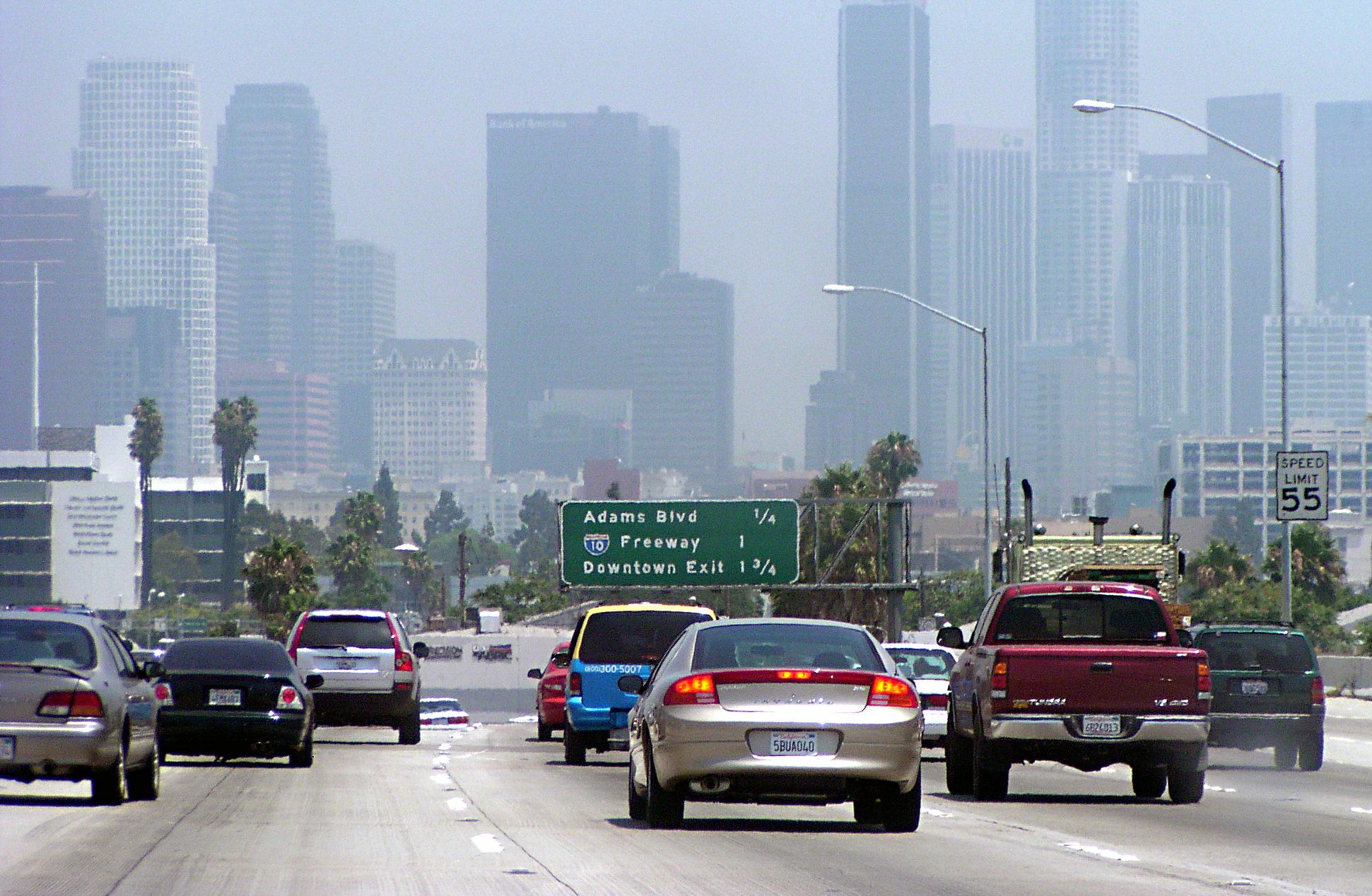
After removing a downtown Providence highway segment, Rhode Island officials are figuring out how to redevelop 20 acres of prime city land. One outcome that local advocates are pushing for is a redesign of South Main Street with a two-way protected bike lane, reports James Kennedy at Transport Providence.
In this proposal, most of the roadbed would still be reserved for parking and driving motor vehicles, but Jan Brodie, executive director of the redevelopment commission, told advocates at a recent meeting that it would be problematic, Kennedy reports:
"You don’t need to remove that second lane of travel. My biggest problem on S. Main is the double parking for delivery. If you take a lane of traffic out, you will just stop it. We don’t want that double parking thing to necessarily go away because that is how those activated first-floor uses stay activated."
Here's Kennedy's subsequent exchange with Brodie, where he suggests that parking should be managed on South Main with meters and loading zones, not a de facto double-parking lane:
James Kennedy: Do we have the opportunity to put loading zones in, because double parking is not something that they’re really supposed to do.” [laughter from group]
Brodie: Of course not [i.e., that cars aren’t supposed to double park].
James Kennedy: I understand, I definitely hear you, [double parking] is a very active use of [the street]. We need the loading, whatever is happening there needs to happen. But, isn’t there a way that we can manage the supply of parking that exists through metering and loading zones?
Brodie: Um, I don’t know the answer to that. I imagine that would have been the solution if there was that easy solution. I don’t think they’re doing it because they just don’t want to go around the corner. Um, some of these properties don’t have a back. It’s part and parcel of Northeastern, older cities that don’t have their current needs built into their development. I’ll try to think of some of the ones that utilize the double parking who are—um, it’s restaurants--
Jenn Steinfeld [another BPAC Commissioner]: The big truck deliveries.
Brodie: The big truck deliveries, and it’s usually early in the morning.
James Kennedy: What I mean though, is with the on-street parking that already exists, couldn’t we create loading zones within that on-street parking, so that there’s loading zones for the trucks.
Brodie: Parking is another option for people. I don’t want to take it away. There isn’t a ton. It’s probably in the right balance, because there are only so many streets, and the more dense we build, the tighter the ratio between street parking and a lot of square feet built. So, um, to take, to take the need for parking out of the street and put it in centralized parking garages leaves some on-street parking so that people can zip in and zip out. All, I think all of these make for an interesting urban fabric.
James Kennedy: You wouldn’t want to remove all the parking, I mean, but obviously if we had both of the travel lanes we wouldn’t have a protected bike lane, so balancing the -- having some of the parking used as loading zones for trucks, which is a use that is needed, and having metering so that the zip in and zip out can happen more effectively, alongside the fact that we’re adding garages, I mean, would you balance that and say that the parking is more important than the protected bike lane?
Brodie: My sense is that a shared bike lane is -- in the city -- is an appropriate way to get bikes to go through the city.
Kennedy: What do you mean by a “shared bike lane” though?
Brodie: Uh, cars can go on it. A truck could pull over and do a delivery. It’s striped appropriately. And especially if it has some loading on it, it’s not going to be a through lane, people are not going to be going fast.
Kennedy writes that Brodie's "views on the matter are up for evolution," so maybe this story will evolve too.
Elsewhere on the Streetsblog Network: ATL Urbanist ponders the pernicious effects of Atlanta's big arterial streets. People for Bikes reports that a trade publication with no ties to the bike industry recently made the case for protected bike lanes. And Richard Masoner at Cyclelicious shares pictures of French Justice Minister Christiane Taubira biking to the weekly cabinet meeting.





